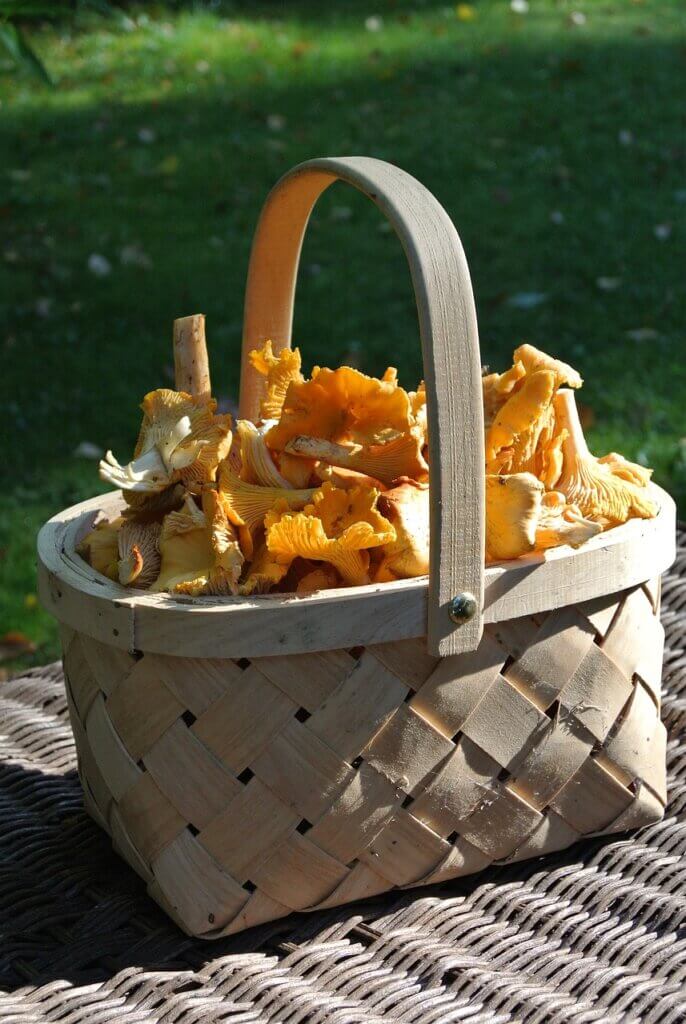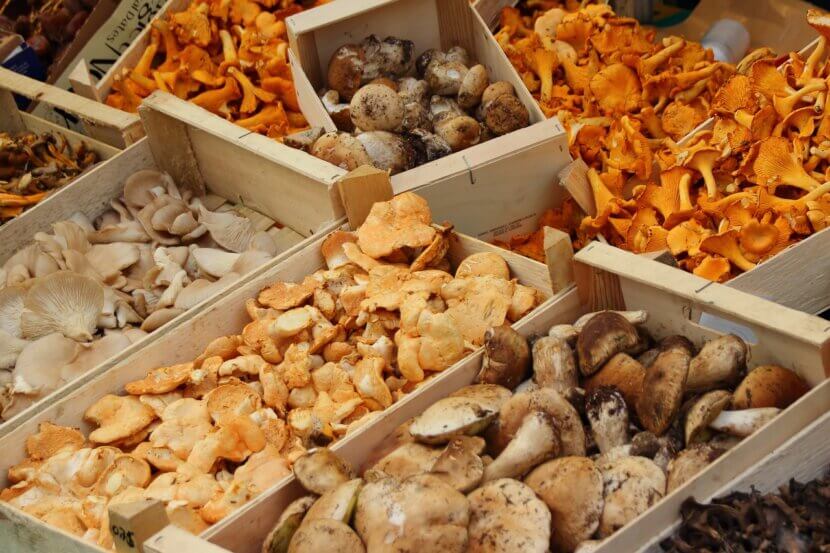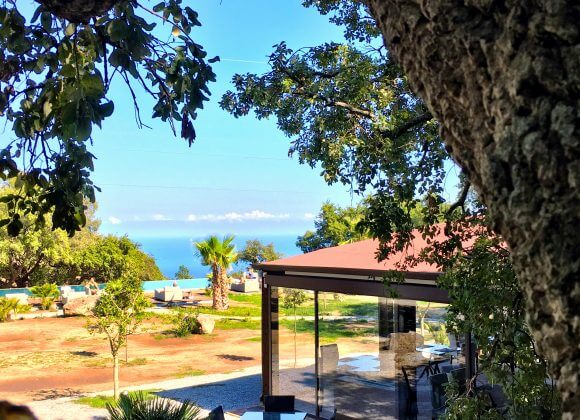Whether nature lover or gourmet: year after year, we can hardly wait for the mushroom season to finally begin. Especially in Austria, where the forests are rich and diverse, mushrooms attract numerous pickers year after year with their colorful variety. Nevertheless, we usually only reach for the classics such as chanterelles and porcini mushrooms. We have researched for you what else you can find in Austria and what you need to bear in mind when collecting them.
Mushrooms in Austria: variety and enjoyment
Austria offers an impressive variety of mushrooms. The most popular edible varieties include the porcini mushroom, the chanterelle, the parasol and the chestnut mushroom. But there are many more, including the red cap, the emperor mushroom and the oyster mushroom, which thrive in local forests and taste excellent.

Where can you find mushrooms and when are they in season?
The mushroom season in Austria generally runs from July to October, although the exact times can vary depending on the weather and region. The best mushroom regions include the forests of Styria, Carinthia and the Salzkammergut, but you can also find plenty of mushrooms in the Vienna Woods and the Alps. Mushrooms sprout in large numbers especially after rainy days. In times of prolonged drought, however, you can save yourself the trip.
How do I recognize poisonous mushrooms?
There are around 50 types of poisonous mushrooms in Austria, which can cause anything from mild stomach upsets to severe poisoning. Among the most dangerous are the green button mushroom, the brick-red cracked mushroom and the fly agaric. These mushrooms are often difficult to distinguish from their edible relatives, which is why an expert should always be consulted if you are unsure. There are now also (paid) apps (Picture Mushrooms, note) that provide information about the edibility of mushrooms. Also helpful: In larger cities, there is usually an expert at the market office who can help.

Where can I collect and how much?
In principle, the Forest Act states that entering the forest for recreational purposes is permitted – and this includes picking mushrooms, berries and herbs. If a landowner does not want this, he must put up a clearly defined sign stating that mushroom picking is prohibited.
Private individuals are generally allowed to collect up to two kilograms of mushrooms per day. This regulation is intended to prevent natural stocks from being overexploited. In national parks and nature reserves, stricter regulations or collecting bans often apply. It is therefore advisable to find out about the local regulations in advance.
Time frame for collecting
Mushrooms may only be collected during daylight hours. This serves both to protect the pickers and to preserve the mushroom population, as many mushrooms are particularly susceptible to pests at night. With the right preparation and a respectful approach to nature, mushroom pickers can enjoy unforgettable experiences in the forest and discover culinary treasures in the process. Whether on a leisurely stroll or a targeted search – the local forests offer an abundance of mushrooms just waiting to be discovered.
You can find wonderful recipes with mushrooms here:
Related posts:













